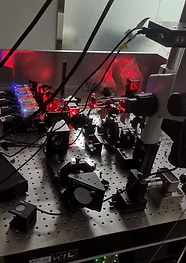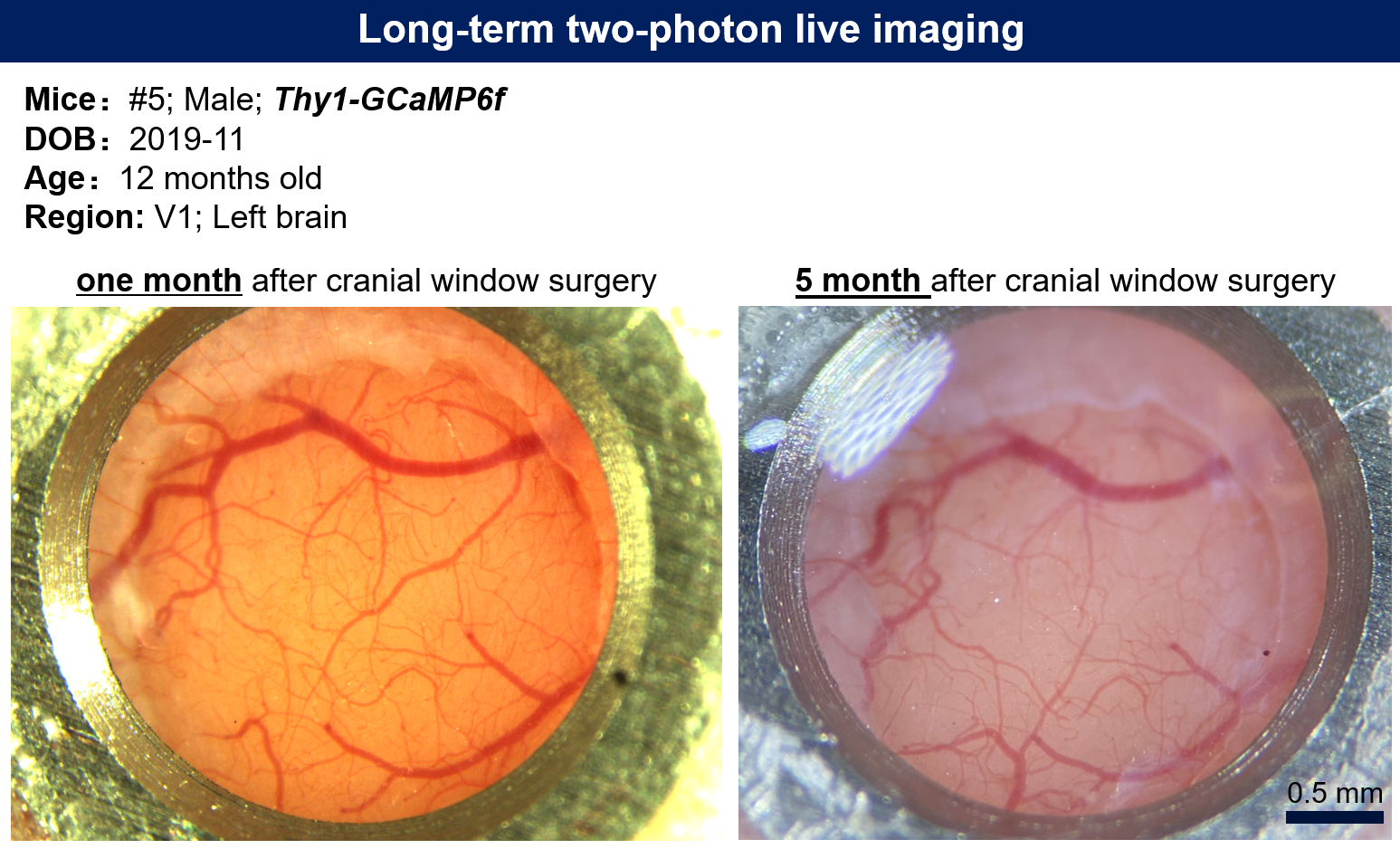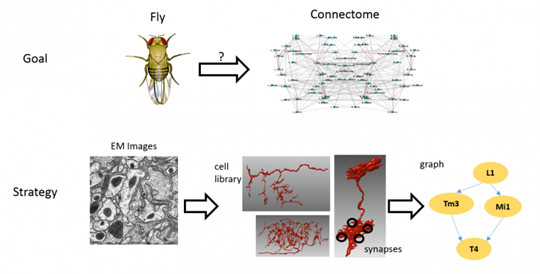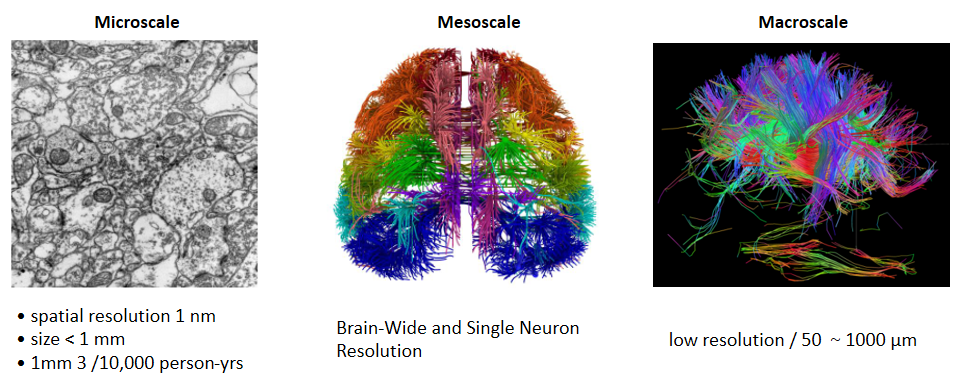


Let’s start with a background of a world map. Fortunately, the maps library includes a world shape. It is simple to plot using the map() function, which takes a few arguments for customization.

In complex biological systems, it is often the structure of the object of study that determines its function. This is also true for neural network systems. In order to understand the complexity of the structure of animal brain networks and their potential functions, brain mapping is one of the important goals in the current brain project.

Since German neurobiologist Hans Berger first documented spontaneous rhythmic fluctuations in the human electroencephalogram. Many scholars become captivated by this phenomena and attempt to unravel its secret. This periodic change in the brain is known as brain oscillation.


The primary focus of this meeting is to bring together expert neuroanatomists and computer scientists from different organizations to discuss cutting-edge research and applications on brain-wide reconstructions of neuron morphologies from whole-brain imaging datasets. Specifically, discussions will focus on effective data management, reconstruction workflows and common data quality and format standards for data sharing and reuse of manual, semi-automatic, and fully automatic neuron reconstructions at different organizations and at different resolution scales.

